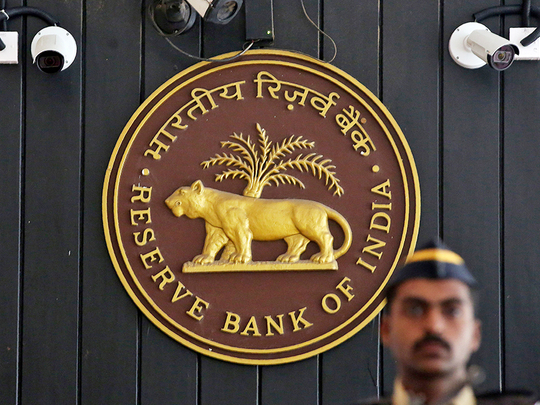
Dubai: The Indian rupee may be in for a worse than expected downfall after a surprising decision by the Reserve Bank of India (RBI) to hold rates last week.
Analysts had expected a 25 basis points rate hike.
The Indian currency touched a fresh low of 74.2237 per dollar, continuing its record weakness for another session, before closing a quarter of a per cent higher at 73.7675.
The rupee is down close to 14 per cent year to date. The fall has been attributed to global and domestic cues, such as the monetary policy tightening in the US, resulting in dollar strength and subsequent withdrawal of foreign portfolio investments. Additionally, the rising price of crude oil, which accounts for more than 30 per cent of India’s imports, and the absence of decisive intervention in the market has been driving down the currency.
Additionally, a weak trade position with a bulging current account deficit (CAD, the difference between the value of exports and imports) has made the rupee’s position further precarious.
CAD in the first quarter of this fiscal widened to $15.8 billion, around 2.4 per cent of the country’s Gross Domestic Product (GDP), as compared with $15 billion in the corresponding quarter a year before.
Analysts were expecting a stronger move from the central bank with a 25 basis points hike in repo rates, which was the most likely scenario, according to analysts polled by Bloomberg. But analysts were in for a surprise with no rate hike, and the rupee tanked along with local equity markets.
“The RBI is not concerned about INR weakness. The RBI recognised the futility of putting interest rates higher, which is effectively doing little more than putting a bandage on a broken leg in the face of surging oil prices,” Stephen Innes, head of Trading, OANDA said.
“It’s not too much of a stretch to conclude that the RBI has just opened the door to more currency pain,” Innes said. He expects the rupee to touch 75 against the dollar.
R. Sivakumar, the head of Fixed Income and Products at Axis Asset Management Company, defended the RBI’s decision to hold rates.
“The RBI‘s decision to keep rates unchanged highlights the RBI’s focus to its core objective of managing inflation rates. In the medium term, historically, currency has been more sensitive to domestic growth rather than interest rates,” Sivakumar said.
The federal government announced a series of measures to check the fall in rupee, like diluting requirements for dollar hedging on infra bonds and levying import duty on non-essential shipments. The RBI is planning to buy back Rs360 billion (Dh17.9 billion) worth of bonds in the money market to boost liquidity. This will happen through open market operations in October.
“RBI’s policy seems more pro-cyclical than counter cyclical and this could adversely impact the fortunes of the rupee in medium term. Unless a fundamental course correction happens, it seems that path of least resistance for the rupee is lower in the coming months,” Vijay Valecha, chief market analyst, Century Financial said.
Indian equity markets have been bearing the brunt of weaker rupee. The S&P Bombay Stock Exchange SENSEX index fell 2.25 per cent on Friday to end at 34,376.99. The index has shed 10.45 per cent in the past one month.












